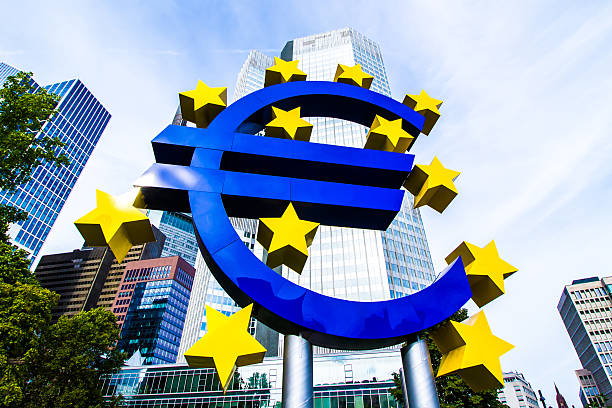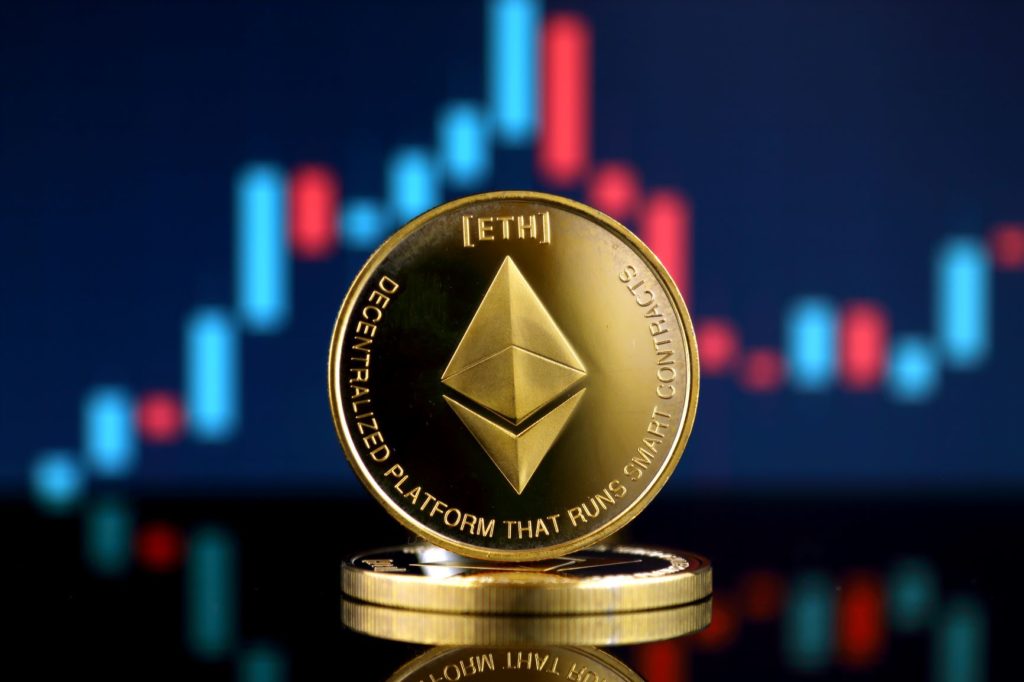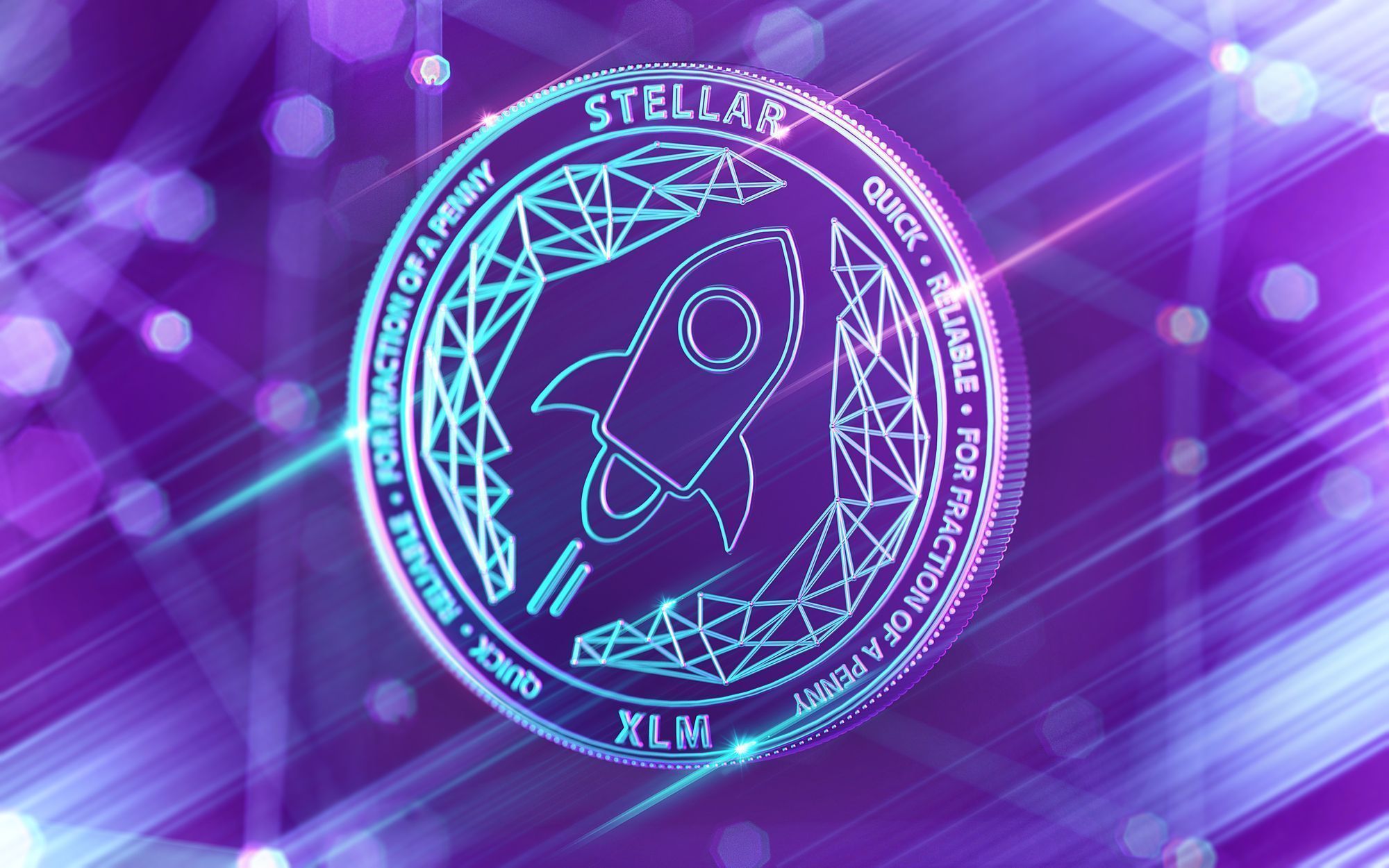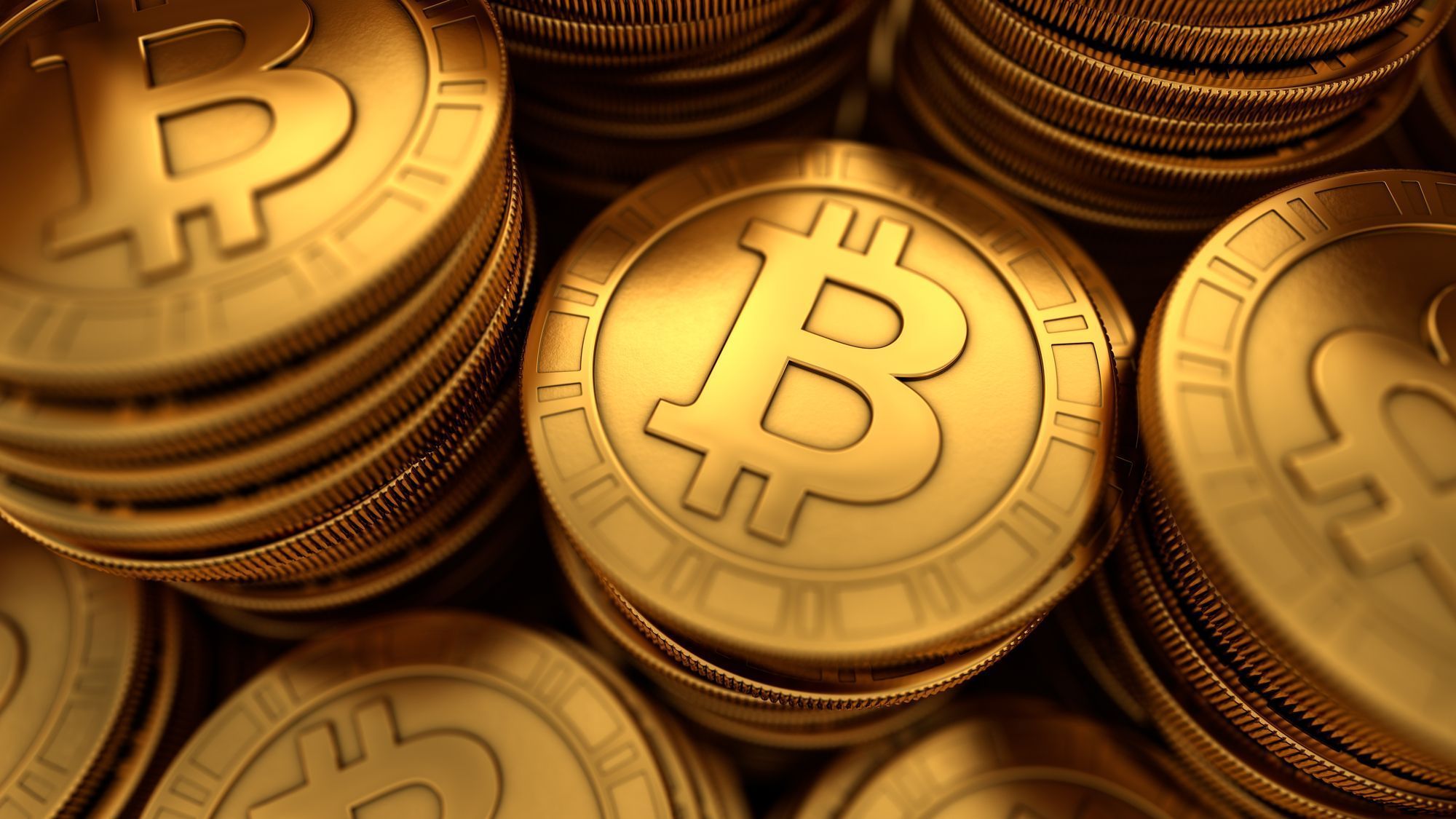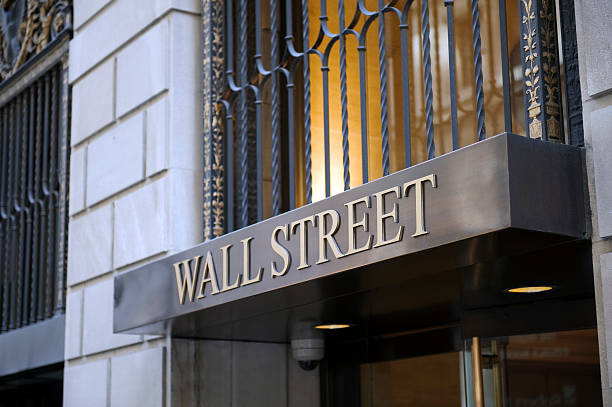Where Will D-Wave Quantum Stock Be in 3 Years?
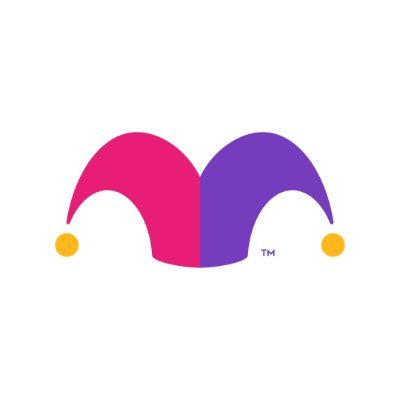
Key Points
D-Wave’s stock has gone through some wild swings over the past three years.
Its new Advantage2 system could ignite its near-term growth.
But a lot of that growth is already baked into its bubbly valuations.
D-Wave Quantum (NYSE: QBTS), a provider of quantum annealing services, has taken its investors on a wild ride since going public, nearly three years ago, by merging with a special purpose acquisition company (SPAC). It opened at $10, sank below $1 in 2023, but now trades at about $17.
The bulls expect the market's demand for its quantum services to soar in the future, but the bears argue that it's overvalued relative to its growth potential. Let's review D-Wave's recent growth trajectory and see where it might be headed over the next three years.
Where to invest $1,000 right now? Our analyst team just revealed what they believe are the 10 best stocks to buy right now. Learn More »

Image source: Getty Images.
What happened to D-Wave over the past three years?
Quantum computers can process data faster than classical computers, but they're larger and more expensive, and they consume much more power. That's why they're still mainly used for niche research projects at universities and government agencies.
But as quantum processing units (QPUs) get smaller, more power-efficient, and more accurate, they can be used in a wider range of mainstream computing applications. D-Wave aims to capitalize on that transition with its quantum annealing tools, which help companies streamline their workflows, supply chains, and logistics networks. It runs those processes through different scenarios and identifies those that consume the least power as the most efficient ones.
D-Wave designs its own QPUs and quantum systems, and it provides its services through its cloud-based Leap platform, which is compatible with leading cloud infrastructure platforms like Amazon (NASDAQ: AMZN) Web Services and Microsoft (NASDAQ: MSFT) Azure.
D-Wave's practical approach to quantum computing attracted the attention of more than 100 major customers, including Deloitte, Mastercard, Volkswagen, Lockheed Martin, and Accenture. But over the past three years, it hasn't generated much revenue, its adjusted earnings before interest, taxes, depreciation, and amortization (EBITDA) remains negative, and its net losses significantly widened.
|
Metric |
2022 |
2023 |
2024 |
|---|---|---|---|
|
Revenue |
$7.2 million |
$8.8 million |
$8.8 million |
|
Adjusted EBITDA |
($48.0 million) |
($54.3 million) |
($56.0 million) |
|
Net income |
($51.5 million) |
($82.7 million) |
($143.9 million) |
Data source: Marketscreener.
That's because most of D-Wave's customers are still running low-revenue pilot and research programs on its Leap platform instead of using it to overhaul their entire businesses. D-Wave's revenue occasionally spikes when it sells one of its Advantage quantum systems, but those sales are infrequent and unpredictable and have lengthy upgrade cycles.
In the absence of those lumpy system sales, D-Wave must rely on Leap's cloud revenues to drive its growth. However, its cloud margins won't improve unless its customers commit to bigger contracts and actually replace their older analytics services with its quantum annealing tools.
To stay solvent until that happens, D-Wave has constantly issued more shares. It's increased its number of shares by 184% since its SPAC-backed debut, and that dilution should continue as it covers its stock-based compensation expenses, convertible debt, and upcoming warrant redemptions.
What will happen to D-Wave over the next three years?
From 2024 to 2027, analysts expect D-Wave's revenue to grow at a compound annual growth rate (CAGR) of 103% to $74.1 million as it gradually narrows its net losses.
|
Metric (Estimated) |
2025 |
2026 |
2027 |
|---|---|---|---|
|
Revenue |
$24.4 million |
$38.0 million |
$74.1 million |
|
Adjusted EBITDA |
($56.7 million) |
($58.8 million) |
($29.6 million) |
|
Net income |
($72.9 million) |
($79.3 million) |
($62.6 million) |
Data source: Marketscreener.
The main catalyst for that growth would be rising sales of higher-value hardware systems. The recent launch of D-Wave's Advantage2 quantum system, which runs on a 4,400-qubit QPU and can solve 3D lattice problems approximately 25,000 faster than its first-gen Advantage system while consuming less power, should attract more customers.
Sales of those systems, each of which costs an estimated $20 million to $40 million, should drive top-line growth and overshadow cloud revenues. However, the Advantage2 should also strengthen the Leap cloud platform and convert more of its lower-value pilot customers to higher-value ones.
Where will D-Wave Quantum's stock be in three years?
D-Wave has a lot of growth potential, but a lot of that growth is already baked into its valuations. With a market cap of $5.8 billion, it's valued at nearly 79 times its projected sales for 2027. That makes it seem more like a meme stock than a hypergrowth stock.
According to Markets and Markets, the quantum annealing market could grow at a CAGR of 32.7% from 2024 to 2029. Assuming D-Wave matches analysts' expectations through 2027 and continues to grow its revenue at a CAGR of 30% over the following two years, it could generate $125 million in revenue in 2029. If it still trades at 79 times its forward sales by then, its market cap could swell to $9.9 billion by the beginning of 2028.
But with a more realistic (but still generous) forward price-to-sales ratio of 30, D-Wave's market cap would decline to $3.75 billion by 2028. So while D-Wave still has a lot of growth potential, it seems more likely that its stock will stagnate or decline over the next three years instead of soaring even higher.
Should you invest $1,000 in D-Wave Quantum right now?
Before you buy stock in D-Wave Quantum, consider this:
The Motley Fool Stock Advisor analyst team just identified what they believe are the 10 best stocks for investors to buy now… and D-Wave Quantum wasn’t one of them. The 10 stocks that made the cut could produce monster returns in the coming years.
Consider when Netflix made this list on December 17, 2004... if you invested $1,000 at the time of our recommendation, you’d have $636,628!* Or when Nvidia made this list on April 15, 2005... if you invested $1,000 at the time of our recommendation, you’d have $1,063,471!*
Now, it’s worth noting Stock Advisor’s total average return is 1,041% — a market-crushing outperformance compared to 183% for the S&P 500. Don’t miss out on the latest top 10 list, available when you join Stock Advisor.
*Stock Advisor returns as of July 21, 2025
Leo Sun has positions in Amazon. The Motley Fool has positions in and recommends Accenture Plc, Amazon, Mastercard, and Microsoft. The Motley Fool recommends Lockheed Martin and Volkswagen Ag and recommends the following options: long January 2026 $395 calls on Microsoft and short January 2026 $405 calls on Microsoft. The Motley Fool has a disclosure policy.
